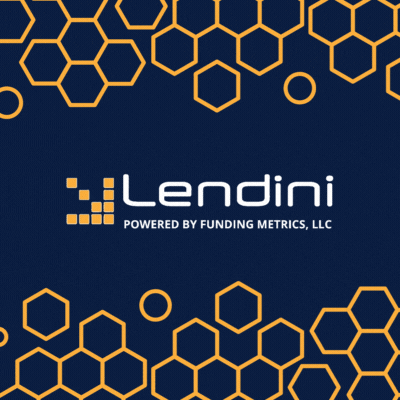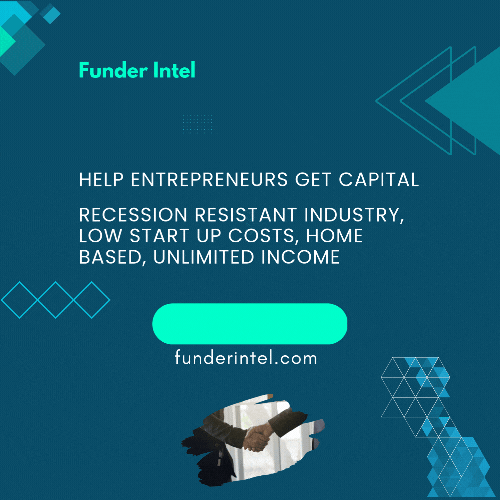Non-QM loans — to serve borrowers who don’t meet traditional lending requirements. Non-QM loans have their own distinct set of criteria, including flexible income and credit requirements. In exchange, borrowers may need to make a larger down payment and pay a higher interest rate.Non-QM loans: flexibility at a costNon-QM loans are aimed at borrowers with financial profiles that don’t meet the requirements of a typical qualified mortgage. This often involves an inconsistent or nontraditional income structure, a major credit event or high debt. Features associated with non-QM loans include:Alternative income documentation. Depending on the lender’s requirements, borrowers may demonstrate their ability to repay the loan using tax returns, bank statements, asset qualifiers or 1099s.No waiting period after bankruptcy. Some lenders offer non-QM loans that cater to borrowers with a history of bankruptcy or foreclosure, allowing them to get a mortgage as soon as one day after the event. Comparatively, qualified mortgages may require a waiting period of one to four years after bankruptcy, and two to seven years after a foreclosure.Higher debt limits. Qualified mortgages have a maximum debt-to-income ratio (the percentage of your income that goes toward monthly debt payments) of 43%, while some non-QM loans allow for ratios over 50%.Higher down payment requirements. Non-QM loan borrowers may be required to put a minimum down payment of 15% to 20%. Meanwhile, the typical down payment was 8% for first-time home buyers and 19% for repeat buyers in 2023, according to the National Association of Realtors.Higher interest rates. Non-QM loans typically have higher interest rates than qualified mortgages. So while it may be easier to meet their requirements than a qualified mortgage, non-QM loans are also a more expensive way to borrow.No government backing. Because non-QM loans don’t have to follow CFPB standards, they can’t be purchased by Fannie Mae or Freddie Mac, nor can they be backed by the Department of Veterans Affairs, U.S. Department of Agriculture, or the Federal Housing Administration. So instead, the lender is taking on all the risk of issuing the loan.Repayment terms may be interest-onlyThe Consumer Financial Protection Bureau defined the standards for qualified mortgages in response to the wave of delinquencies and foreclosures that came with the 2008 economic crisis. At that time, loans were being issued to borrowers who couldn’t afford to pay them. Many of these loans had features the CFPB deemed “toxic,” including interest-only payments. This is not unusual with non-QM loans and can make borrowers more prone to delinquency.Some borrowers may be attracted to interest-only payments because they are less expensive, but larger payments will eventually come due. And a borrower may not be building equity when making interest-only payments because the loan’s principal balance doesn’t change.If you’re considering a non-QM loan, you’ll want to review the repayment terms offered carefully. The good news is that riskier factors like balloon payments (which require a substantial lump-sum payment at the end of the term) and negative amortization (where the minimum required payment doesn’t cover the interest, so the loan balance is growing with time instead of shrinking) are much less common today than they were before 2008. Still, you’ll want to enter any loan agreement confident that you fully understand what is expected and can make all required payments.» MORE: Mortgage payment calculatorBorrowers who may consider a non-QM loanThe requirements associated with qualified mortgages are designed to increase the likelihood that the borrower can stay current on their payments. A non-QM loan may be a good fit for you if you are confident that you can take on the required down payment and monthly amount due and if any of the following apply to you:You’re a contractor, self-employed, retired or otherwise unable to meet the income documentation requirements for a qualified mortgage.You’ve recently experienced a major credit event, such as foreclosure or bankruptcy.You’re a landlord and you want to use the cash flow from your other properties to qualify for a home.More than 43% of your income goes toward paying your monthly debts.
Steve Benjamin
Professional Business Loans
522 ContessaIrvine, CA 92620
Broker, Underwriter, general business loan expert
949.228.1050

